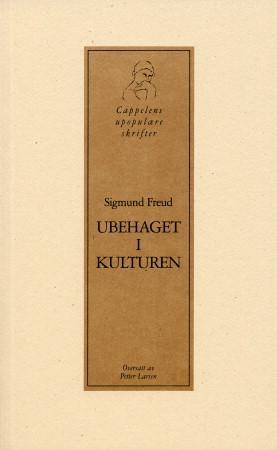
Light Infantry of the Greek and Roman World av Jean Charl Du Plessis
349,-
Ancient accounts of battle often neglected the role of lightly-armed infantry, presenting the deeds of the heavy infantry, such as Greek hoplites or Roman legionaries, or dashing cavalry charges as the decisive battle winners. This bias was partly due to the light infantry typically being drawn from the poorer sections of society, who could not afford to equip themselves with armour and because they generally fought from a distance, killing from afar with missile weapons, not bravely face-to-face like heroes worthy of recording. Modern research has generally followed this bias. Dr Jean Charl Du Plessis argues that while light infantry might have had a subordinate role in pitched battles, such clashes were relatively rare occurrences. Most ancient campaigns consisted mostly of foraging, raiding and pillaging of enemy territory, minor skirmishes and ambushes, all roles in which light infantry excelled. In particular they were indispensable for an army traversing mountainous or forested t








